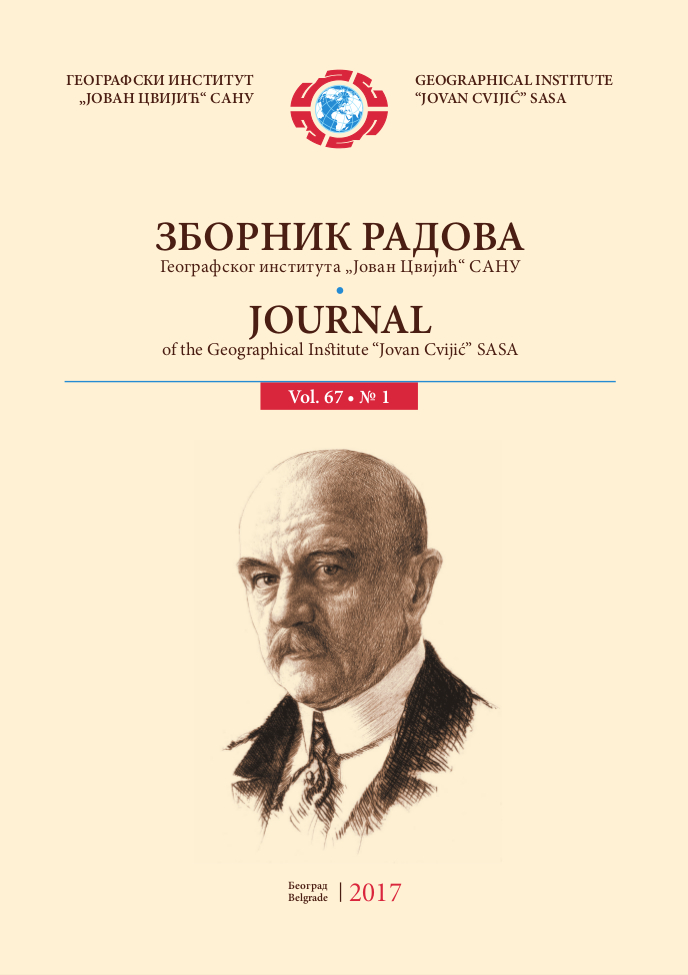ANALYSIS OF POPULATION CONCENTRATION AND ECONOMIC ACTIVITY IN THE LARGEST REGIONAL CAPITALS OF RUSSIA
ANALYSIS OF POPULATION CONCENTRATION AND ECONOMIC ACTIVITY IN THE LARGEST REGIONAL CAPITALS OF RUSSIA
Author(s): Irina Dmitrievna Turgel, Elizaveta UlyanovaSubject(s): Geography, Regional studies, Human Geography
Published by: Географски институт »Јован Цвијић« САНУ
Keywords: : regional geography; Russia’s largest regional capitals; second-tier cities; primary cities; spatial disparities
Summary/Abstract: This article investigates the changing concentrations of population and economic activity in the largest regional capitals during the socio-economic transformations at the turn of the millennium. The study focuses on onmillion-plus administrative centers of Russian regions (federal subjects). In post-socialist and developing countries, population and economic activities tend to be increasingly concentrated in the regional capitals, which now occupy the leading positions among other second-tier cities in the national settlement system. The authors explore the reasons behind this trend and propose a methodological approach to assess the population concentration and economic activity in the largest regional capitals and compare these figures with those of the national capitals. In the empirical part of the study, the cities’ performance is assessed by applying a set of indicators, such as population size, production output, retail turnover, investment, and construction output, and compared with corresponding figures from Moscow and St. Petersburg. As a result, large regional capitals are classified according to their role in the country’s socio-economic performance and according to the disparities between these cities and Moscow and St. Petersburg. It was found that none of the largest regional capitals are able to compete with the country’s current and former capitals. Moreover, this gap has been widening over the last decade as the role of regional capitals in national economic development has been steadily declining. However, there are some positive dynamics, as some regional capitals have been outperforming the national average in certain spheres of socio-economic development.
Journal: Зборник радова Географског института "Јован Цвијић" САНУ
- Issue Year: 69/2019
- Issue No: 3
- Page Range: 229-239
- Page Count: 10
- Language: English

